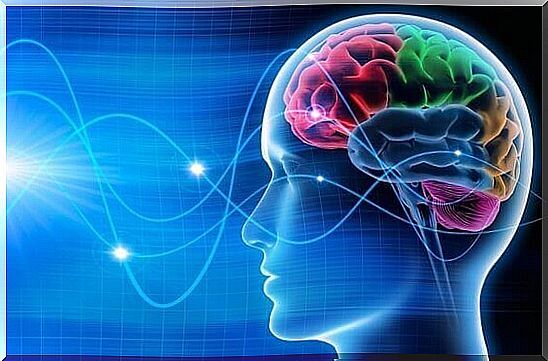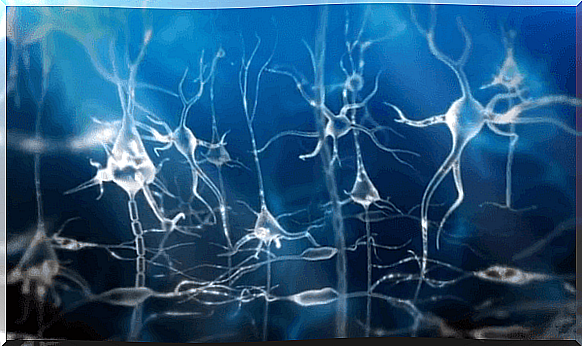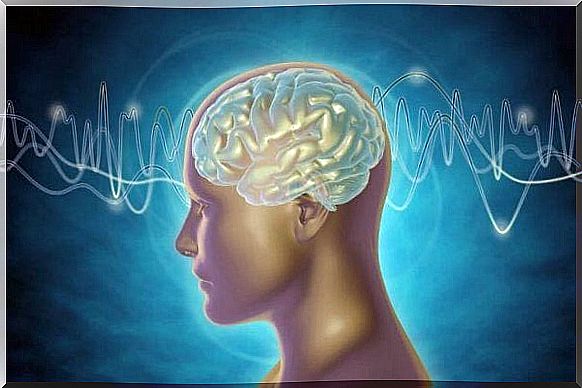Brainwaves: Delta, Theta, Alfa And Gamma

There are five types of brain waves, and they act almost like musical tones. Some have low frequencies, others have high frequencies. Together they have the power to create harmony. Your thoughts, feelings and sensations in perfect balance, centered and open to everything around you.
Have you ever heard someone say something along the lines of, “I want to train my alpha waves to be more relaxed and have higher inner peace” ? People have actually been talking about biological feedback machines that can stimulate certain brain waves to put us in a certain state of mind. Here, however, we should tread carefully…
When it comes to brain waves, the key to authentic health and happiness is to let them all work in their own way, at their frequency and at optimal levels. We should also remember that they are not static. Instead, they change as we get older.
So the point is not to get obsessed with improving your beta waves for better focus or gamma waves to end up in a spiritual state.
The truth is that no type of brainwave is better or more “special” than the others. All are equally important, for all they are the result of the electrical activity of nerve cells and mental states.
We all know that the brain is an electrochemical organ. Neurologists explain that if all our nerve cells were activated at the same time, there would be enough energy to power a light bulb. It’s pretty amazing!
This electrical activity is what is responsible for the different types of brain waves. It is a complex, fascinating and perfect process where all activities, mental states and thoughts are capable of secreting a type of brain wave.
During the course of the day, the brain keeps all five types of brain waves active. Depending on what we are doing at the moment, some brain waves may be more active in some areas of the brain, while others are less active in other areas. However, none of them are completely “rejected”.
For example, your alpha waves may be intensely active in the frontal lobe at one point, which will make you somewhat anxious. But the same alpha waves in the occipital region can cause a feeling of relaxation. These shades are good to keep in mind.
Let’s take a look at the different types of brain waves and what they do.

Delta waves have the highest wave amplitude and are linked to deep but dreamless sleep. Interestingly, they are very common in babies and toddlers. The older we get, the fewer of these brain waves we produce. Our sleep and ability to relax gradually gets worse over the years.
In general, delta waves are linked to unconscious bodily activities, such as regulating heart rhythm and digestion.
- What happens if the delta brain waves appear at very high peaks in an electroencephalogram (EEG)? It can be an indication of a brain injury, learning difficulties or even severe ADHD.
- What happens if there are valleys in an EEC? It may indicate poor sleep.
- A healthy level of delta waves is good for your immune system, sleep and learning.
This second type of brain wave goes from 3.5 to 8 Hz and is mostly related to imagination, reflection and sleep. Fun fact: theta waves are more active when we experience very deep emotions.
For example, when we have just finished an effort that requires a lot of energy, when we relax and let our imagination “flow”, theta waves take control of the brain.
- A high peak in theta waves may be linked to depressive disorder or lack of attention.
- Low valleys reflect anxiety, stress and low emotional self-awareness.
- A healthy level of theta waves is good for creativity, emotional connection and intuition.

Alpha waves occur in those twilight states when we are relaxed but not yet asleep. That is when we are relaxed and ready for meditation. When we sit on the couch and watch TV or are in bed and relax, but before we fall asleep.
- High levels of alpha waves prevent us from focusing and can even cause us to experience a lack of energy.
- Low levels of alpha waves lead to anxiety, stress and insomnia.
Now we have gone from the low / moderate brain waves to a higher level. We are now in a higher spectrum of frequencies that come from intense nerve activity. They are very interesting as well as complex. They have to do with the times we give our full attention, are on the alert and look for stimuli.
Activities such as driving a vehicle, writing a test and giving presentations are good examples. But overactivation of our nerve cells can lead to harmful anxiety and stress.
- A low level of beta waves, on the other hand, will lead to an overly relaxed and even depressed state.
- A perfect level helps us to be much more open and focused. That is when we are at our best at solving problems.
When you hear the word “gamma” you may be thinking of the famous “gamma radiation”, but its long wavelength and high electromagnetic radiation. Gamma waves and gamma radiation, however, have only one thing in common: very high frequency.

Neuroscientists are now beginning to learn more facts about gamma waves, but until very recently we knew very little about them. It is also very difficult to catch them on an EEG.
They come from the thalamus and go from the back of the brain to the front at incredible speed.
- Gamma waves are associated with high levels of cognitive processing.
- They are linked to our learning style, our ability to absorb new information and our senses and sensations.
- For example, people with mental health problems or learning difficulties tend to have less than half the usual gamma-wave activity.
- High peaks of gamma waves are seen under states of happiness.
- REM sleep also tends to be characterized by high activity levels in this frequency range.
Learning about the different types of brain waves allows us to understand that our mental processes, emotions, activities and behaviors generate “energy” in our brains.
The key is therefore to be aware of it, learn to relax and be more receptive as well as intuitive, and to work on our emotional management so that our anxiety works for us instead of against us.








